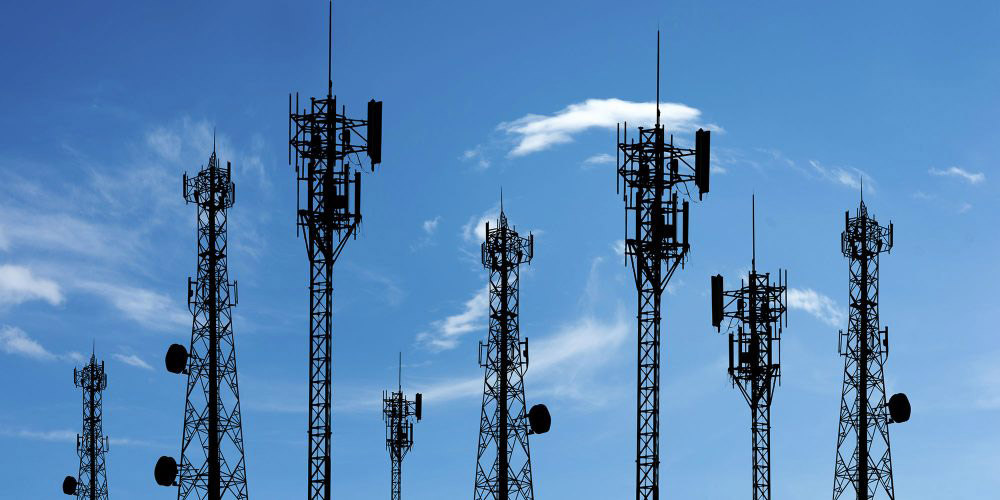Communications networks have mostly withstood the onslaught from Hurricane Harvey and, by comparison, have performed considerably better than during Hurricane Katrina’s devastation in 2005, according to the Federal Communications Commission (FCC).
Although connectivity was nearly lost in Rockport, Texas, which was hit hardest by the storm, FCC reports only 4 percent of the 7,804 cell sites in Harvey’s path were wiped out, affecting 148,565 people. By contrast, more than 1,000 cell sites were knocked out during Katrina, preventing millions of calls from going through, according to a post-Katrina FCC report.
The emergency 911 system in Texas has been severely burdened with calls, but “those calls are going through,” Adm. Jamie Barnett, former chief of public safety and homeland security at the FCC, told Wired magazine. “By and large we’re hearing that the cellular networks stood up. That means there’s been some learning.”
Cellular service especially becomes crucial during times of disaster as victims use smartphones to send text messages and communicate via Twitter and Facebook about their needs and their whereabouts. As well, disaster preparedness has become a critical component of cellular networks. Companies such as Verizon and AT&T deploy mobile cell sites on light trucks and are now experimenting with drone technology to both survey damage to their infrastructure and beam LTE service to areas that remain under flood waters.

